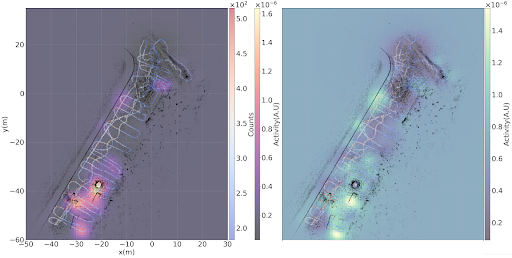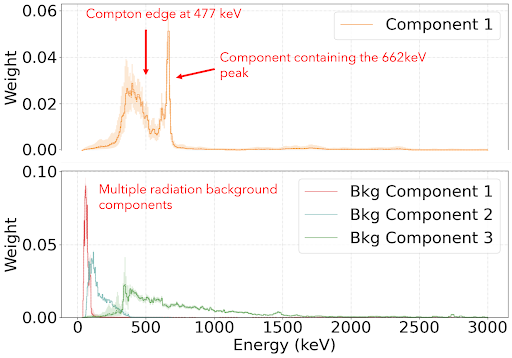
Doug will be remembered as a pioneer of experimental relativistic heavy-ion collisions, having worked on many key early experiments, including HISS at the Bevalac and NA-36 at CERN, before retiring in 1993. He had a particular interest in strangeness production in these collisions, having made early measurements of lambda production in sulfur-sulfur and sulfur-silver collisions. After retirement, Doug returned to the lab part-time, where he helped out with the construction of the STAR time projection chamber.


